I don't quite understand fourier spectrum and it's properties of an image. Can anybody helps me to solve the follwing questions?
For question e,I think a larger distance of bright point will give a larger frequency , so c to a. However I dont quit understand the meaning of the 3 point.
For question c ii, I think the magnitude of fourier spectrum will roate and the phase will not change as the position is the same. For c iii, the magnitude of fourier spectrum will be the same in c ii but the phase changed due to the change in position. Is it right?


